Rising Demand for Customization
The packaging printing market is experiencing a notable shift towards customization, driven by consumer preferences for personalized products. This trend is particularly evident in sectors such as food and beverage, where brands seek to differentiate themselves through unique packaging designs. According to recent data, approximately 60% of consumers express a preference for customized packaging, which has prompted manufacturers to invest in advanced printing technologies. These technologies enable shorter production runs and quicker turnaround times, allowing businesses to respond swiftly to market demands. As a result, the packaging printing market is likely to see increased growth as companies strive to meet the evolving expectations of consumers who value individuality in their purchases.
Expansion of E-commerce and Online Retail
The rise of e-commerce is reshaping the packaging printing market, as online retailers require innovative packaging solutions to enhance customer experience. With e-commerce sales projected to reach $1 trillion by 2025, the demand for packaging that is both functional and visually appealing is on the rise. Retailers are increasingly focusing on packaging that protects products during transit while also serving as a marketing tool. This trend has led to a surge in demand for printed packaging that incorporates branding elements and engaging designs. As a result, the packaging printing market is likely to benefit from the growing need for customized and durable packaging solutions tailored for the online shopping experience.
Growth of Sustainable Packaging Solutions
Sustainability is becoming a pivotal driver in the packaging printing market, as companies increasingly adopt eco-friendly materials and processes. The demand for sustainable packaging solutions is projected to grow at a CAGR of 8% over the next five years. This shift is largely influenced by consumer awareness regarding environmental issues and the desire for brands to demonstrate corporate responsibility. Many companies are now prioritizing recyclable and biodegradable materials in their packaging, which not only appeals to environmentally conscious consumers but also aligns with regulatory pressures. Consequently, the packaging printing market is adapting to these changes, with manufacturers investing in sustainable inks and substrates to meet the rising demand for eco-friendly packaging.
Regulatory Compliance and Safety Standards
Regulatory compliance is a critical driver in the packaging printing market, as companies must adhere to stringent safety and labeling requirements. In the US, regulations set forth by agencies such as the FDA and EPA dictate the materials and processes that can be used in packaging, particularly in the food and pharmaceutical sectors. This compliance not only ensures consumer safety but also influences the choice of inks and substrates used in packaging. As regulations continue to evolve, companies in the packaging printing market are compelled to invest in compliant materials and processes, which may lead to increased operational costs but ultimately enhances product safety and consumer trust.
Technological Innovations in Printing Techniques
Technological advancements are significantly impacting the packaging printing market, with innovations such as digital printing and 3D printing gaining traction. Digital printing, in particular, offers advantages such as reduced setup times and the ability to produce high-quality prints on demand. This technology is expected to account for over 30% of the total printing volume in the packaging sector by 2026. Furthermore, 3D printing is emerging as a game-changer, allowing for the creation of complex packaging designs that were previously unattainable. As these technologies continue to evolve, they are likely to enhance efficiency and reduce costs, thereby driving growth in the packaging printing market.


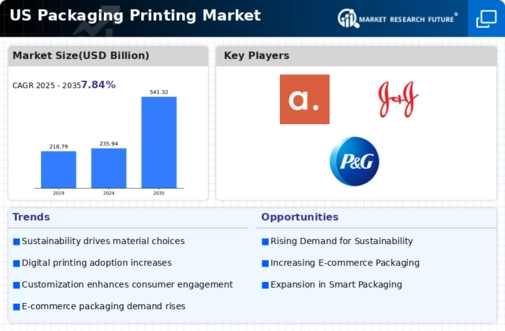

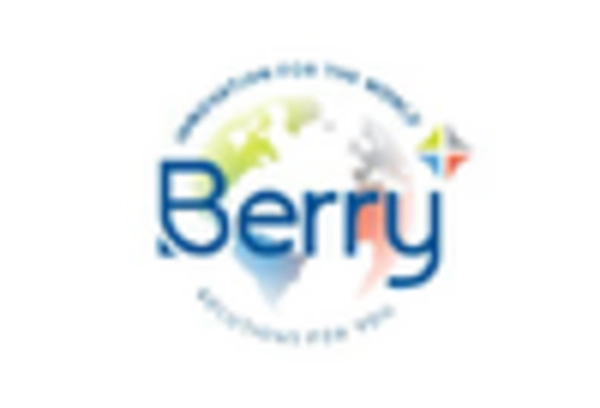
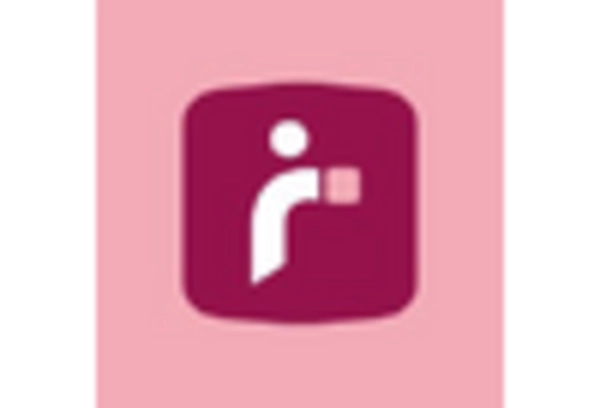

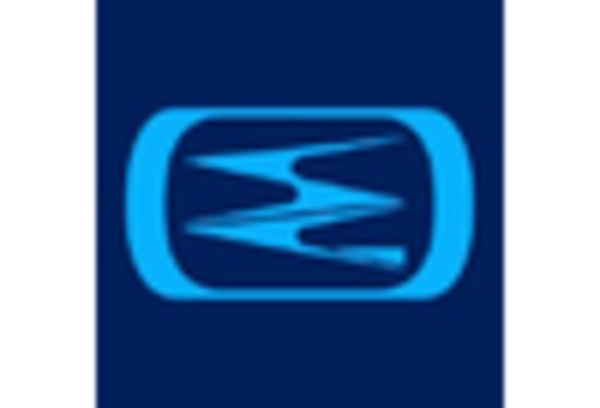
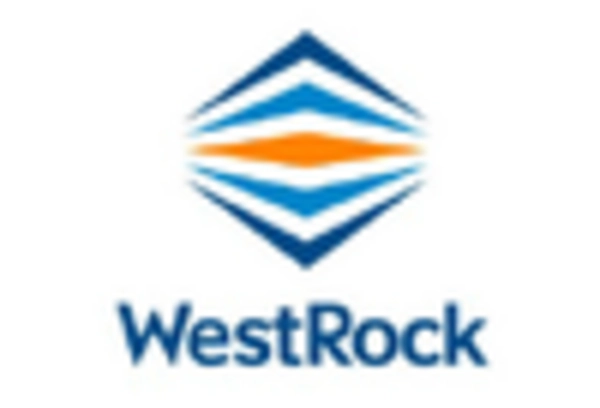








Leave a Comment